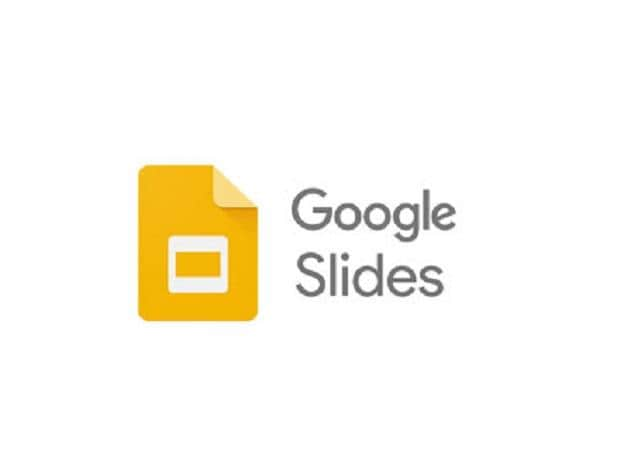Google’s Bard, a rival for the Microsoft-back ChatGPT, received its biggest update today. Users can now interact with the AI chatbot in 40 languages, including nine Indian languages. Google is also rolling out Bard in more regions, and it will now be finally available in Europe, as well as Brazil.
Most importantly, rivaling one of ChatGPT’s premium and paid services, Google’s Bard will now be able to process image prompts for free, but only in English.
In a press conference, Amar Subramanya, engineering vice president of Bard, introduced several new features for what Google is calling an AI experiment. Here’s a look at the Bard’s all-new bells and whistles.
What’s new
More languages: Bard is now available in over 40 widely spoken languages including nine Indian languages —Hindi, Tamil, Telugu, Bengali, Kannada, Malayalam, Marathi, Gujarati, and Urdu.
Listen to responses: You can listen to Bard’s responses in over 40 languages, which will help with the correct pronunciation of words across these languages. Simply enter a prompt and select the sound icon to hear Bard’s answers.
Adjust Bard’s responses: You can now change the tone and style of Bard’s responses to your liking. There are five different options to choose from simple, long, short, professional, or casual. This feature is live in English and will expand to new languages soon.
Pin and save conversations: You can now revisit your old prompts for the Bard and review Bard’s responses. Now when you start a conversation, you’ll see options to pin, rename and pick up recent conversations in the sidebar.
Using images in your prompts: Bard will now be able to harness the power of Google Lens. Bard already shows images in your responses. Now you’ll also be able to include images in your Bard prompts and Lens will work behind the scenes to help Bard make sense of what’s being shown. The Bard will then analyse your images and can suggest recipes, ways to re-decorate a space, or even pairing of apparel, depending on your specific query.
Export Python code to Replit: You can now also export your Python codes to Replit, in addition to Google Colab, through the Bard.
Limitations
Subramanya did point out though that Google is still working to smoothen a few creases, including biases that the Bard might have internalised from the training data, and inaccuracies in the face of complex factual queries.
Security, privacy and copyright
While Bard is primarily aimed at generating original content, if the AI does source from second-party content like images, data, information etc. the generated content comes with citations. Subramanya also said the Bard is trained on publicly available data on the internet, and the AI service will maintain full transparency and obtain primary permission from users when sharing and utilising their data.
Note:- (Not all news on the site expresses the point of view of the site, but we transmit this news automatically and translate it through programmatic technology on the site and not from a human editor. The content is auto-generated from a syndicated feed.))



